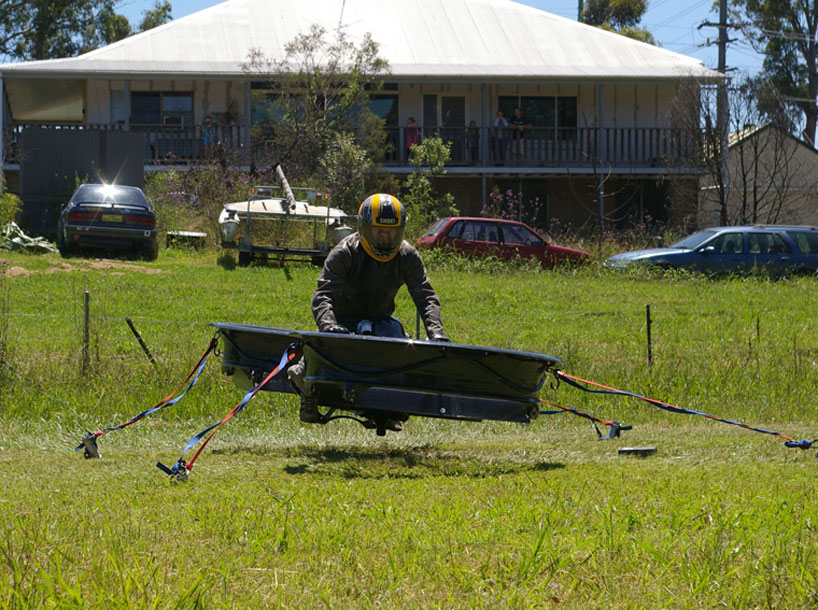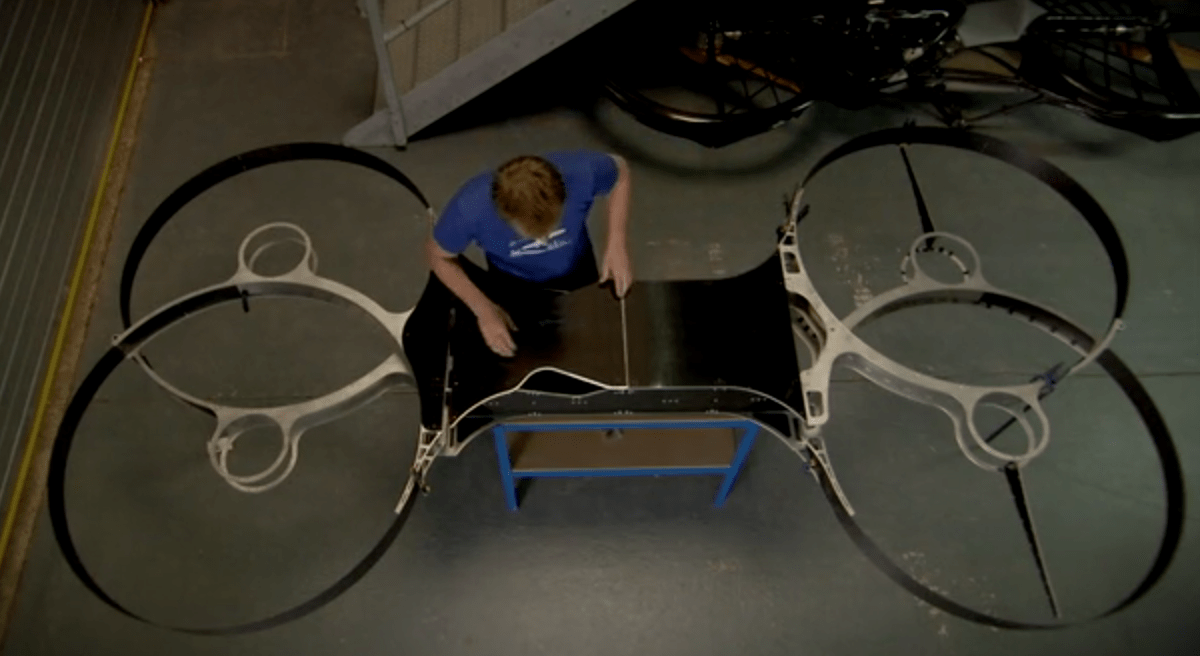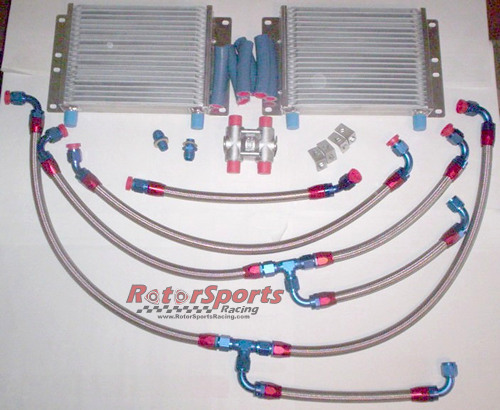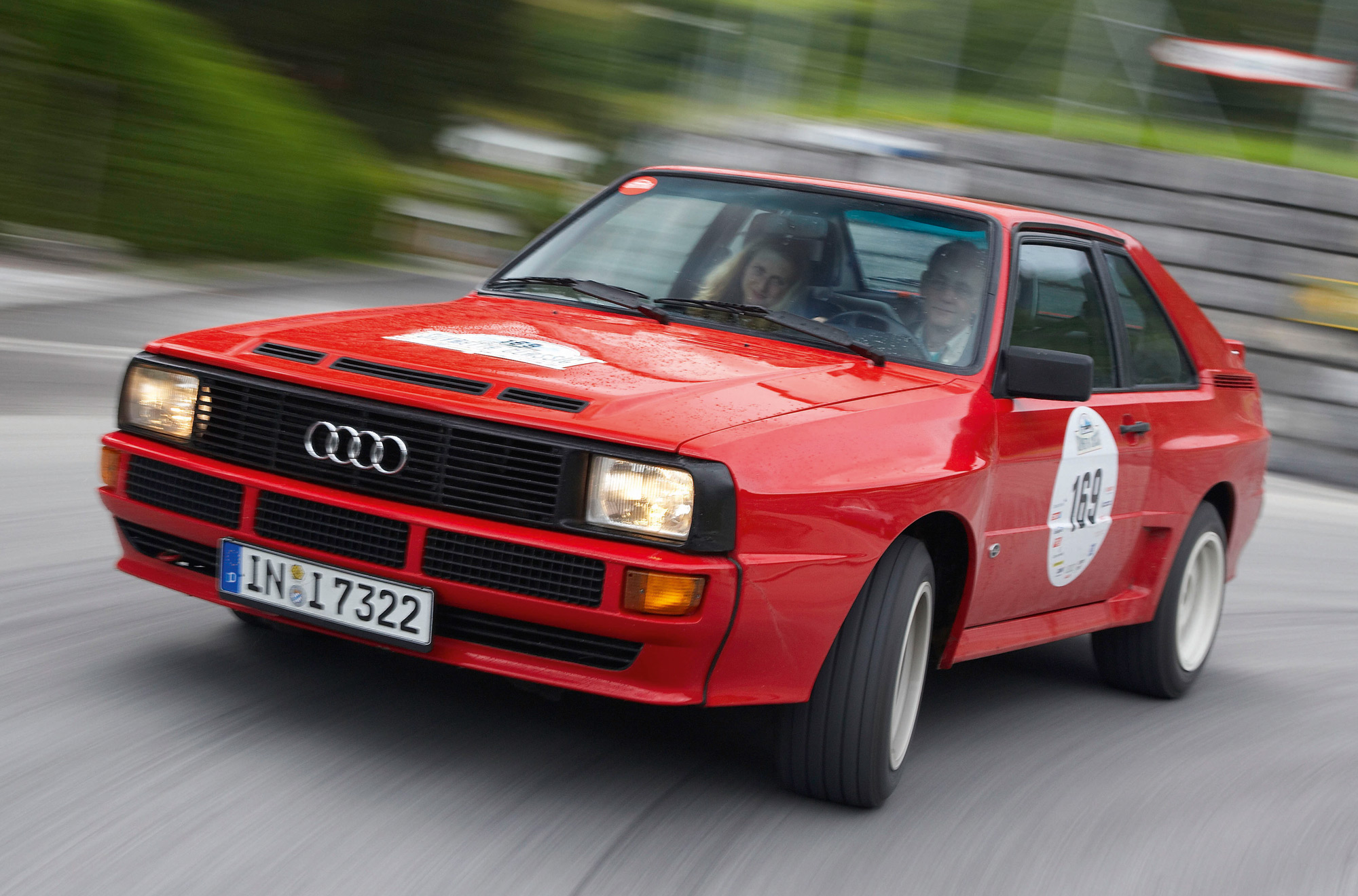Excellent write up by Scotty305 via RX7club.
Introduction
The 3rd Generation RX-7 was intended to be a "pure sports car." Independent teams of engineers were assigned the task of reducing the weight of the car, and the performance and/or longevity of certain parts/subsystems were sometimes compromised to reduce weight. In addition, the unique design of the rotary engine's combustion chamber generates more heat than that of a conventional piston engine. For these and other reasons beyond the scope of this article, the RX-7 tends to run too hot, especially if the car is driven hard and/or modified for increased power. This can lead to overheating.
Measurements
To further exacerbate this problem, the RX-7's coolant temperature gauge is center-weighted and inaccurate. It will indicate 'medium' temperature when the engine is still cold, and the needle does not move during normal operation. By the time the needle begins to rise, indicating the coolant is 'warm', your motor has already reached dangerously high temperatures. It's recommended that every owner install an aftermarket coolant temperature gauge, or perform the 'linerization' mod to the OEM temperature display.
Basics
The cooling system's purpose is to keep the engine parts (the iron and aluminium rotor housings, as well as the rubber/silicone/teflon coolant seals) from getting so hot they warp or fail. If you don't already understand how cooling systems work, visit
How Stuff Works: Automotive Cooling for a good explanation.
For the purpose of this article, we'll define overheating as the point when the cooling system is no longer removing enough heat from the engine. The signs of overheating are an uncontrollable increase in coolant temperature, usually accompanied by boiling coolant.
History
The original cooling system designed for a 1.3 bar (19 psi) pressure cap. This would allow the engine to run high temperatures without boiling coolant, but it put additional stress on the hoses and rubber seals. At this pressure, the original rubber hoses would fail prematurely, and many owners experienced engine fires due to phenomena. In addition, if the coolant was lost completely, the engine would often overheat before the driver took action.
 |
| Now 7 owner wants this... especially after a rebuild. |
A recall in 1994 replaced the following:
- Filler neck cap
- Water pump bearing housing
- Water level sensor
- Upper radiator hose
- Thermostat
- Thermostat gasket
- All water hoses above the engine (throttle body lines, AST lines, heater hoses)
- AST cap was replaced with a lower pressure 0.9 bar (13 psi) unit.
As with most things, preventative maintenance is the key. A healthy cooling system is adequate for an unmodified or lightly-modified RX-7. Here are some basic things that will ensure the health of the coolant system:
- The coolant should be flushed yearly, and replaced with the proper water/coolant ratio. Mazda recommends a 70% water / 30% coolant mix for warm climates. Due to the superior heat-transfer properties of water, a few racers recommend running as high as 90% water / 10% coolant in hot climates. Be sure to use the proper amount of antifreeze in cold climates.
- When refilling the system, be sure to fill slowly to prevent air pockets from forming. Using a filler neck funnel is recommend. It is also very important to check the coolant level regularly for the next 2-5 trips after a coolant flush, adding coolant as necessary.
- Ensure that the filler and AST caps are sealing properly, and venting at the correct pressure. If your pressure caps aren't working properly, the coolant will boil at a lower temperature, which will allow the engine to overheat more easily. New pressure caps are $12-25 from the dealer, which is much cheaper than fixing an overheated engine. It wouldn't hurt to buy new caps every 3-5 years.
- Replace old coolant hoses, every 5-10 years. If a coolant system won't hold pressure, this will allow the coolant to boil at a lower temperature, which will cause the engine to overheat. It's very common for hoses to develop small cracks or splits that are hard to see, so it's better to just replace old hoses than to wait for a catastrophic failure. Don't forget the coolant line that connects the AST to the overflow tank. If this line doesn't hold vacuum, coolant overflow won't be sucked back into the system when the car cools down. The cooling system will slowly lose coolant (which decreases operating pressure and reduces the systems boiling point, leading to overheating).

Modifications
If you modify your engine to make more power, it will generate more heat. The RX-7's cooling system is marginal compared to most other cars, so it's important that your cooling system is upgraded to handle the additional heat generated by the motor. Don't forget that oil performs a large percentage of engine cooling in rotary engines, since there are no coolant passages for the rotors, rotor bearings or eccentric shaft. The only engine modification to the R1 and R2 models was an additional oil cooler, which suggests that the single stock oil cooler setup was inefficient for track use at stock power levels.
Upgrades - in order of cost: (It's assumed that 'free' mods cost time)
- Drilled OEM thermostat - Reduces the amount of coolant bypassing the radiator, allowing more coolant to flow through the radiator
- Radiator Ducting - Forces air to flow through the radiator, preventing 'spillage' at high speeds.
- FC Thermoswitch - Lowers the temperature at which the stock ECU activates the fans.
- Fan Mod - Similar to FC Thermo switch, but allows driver to control fan operation
- Removal of A/C and/or Power Steering - The removal of the air conditioning condenser will allow more airflow through the radiator
- Air Separator Tank (AST) - OEM plastic tank is known to fail. Replace or eliminate.

- Downpipe - The OEM precat generates a lot of heat in the engine bay, and its large size prevents hot air from escaping the engine bay. A downpipe will improve cooling system performance in addition to increasing HP.
 |
| Banzai Racing vs. OEM |
- Modified Battery - Installing a miniature battery, or relocating a normally-sized battery will improve airflow through the radiator.
- Aftermarket Radiator - OEM radiator uses plastic endtanks, which are known to split, crack or fail.
- Vented Hood - Airflow to the radiator plays a huge role in cooling system efficiency. A vented hood will greatly improve airflow, allowing heated air to exit the cramped engine bay.
 |
| RE Amemiya vented hood |
- Upgraded Oil Coolers - Oil performas a large percentage of engine cooling in rotary engines; don't neglect it. The only engine modification to the R1 and R2 models was an additional oil cooler, which suggests that the single stock oil cooler setup was inefficient for track use at stock power levels.
- Teflon-Coated Coolant Seals - Modification performed during an engine rebuild; replaces OEM rubber seals with high-temp teflon-coated silicone o-rings.
- Modified Coolant Passages - Modification performed to water jackets, carving grooves for increased heat transfer. A common trick among engine builders such as Racing Beat and Rotary Power; used for race engines.
- Electric Water Pump - Eliminates cavitation experienced by OEM mechanical water pump at certain RPM's; requires custom fabrication.
Optimum Temps
- 65C (105F): Too cold. According to service manual, EGR valve is non-operational below 150F, "to improve drivability when cold."
- 82C (180F): Getting warm. Thermostat begins to open, circulating coolant through the radiator. Some coolant is still bypassing the radiator.
- 95C (203F): Fully warm. Thermostat is fully open, not bypassing the radiator at all.
- 100C (212F): Boiling point of pure water at atmospheric pressure.
- 105C (221F): Getting hot. Stock ECU will activate fans to cool the car down. Fan speed will be low, or medium (if A/C is already on).
- 108C (226F): Hot. Stock 93-95 coolant thermoswitch activates, changing fan speeds from low>>medium (or medium>>high if A/C is already on) (switching to an FC thermoswitch will change this temp to 203F).
- 115C (240F): Getting dangerous. OEM temp gauge begins to rise.
- 117C (243F): Dangerous. Boiling point of pure water with 13 psi pressure cap.
- 121C (250F): Too hot. OEM temp gauge will point to white line. Boiling point of pure water with 16 psi pressure cap.
- 124C (256F): Way too hot. Boiling point of pure water with 19 psi pressure cap. Boiling point of 50/50 coolant mix with 13 psi pressure cap.
- 127C (260F): Way too hot. OEM gauge will point to red line.
A Mazda competition preparation manual, dated 1980, gives the following recommendations. **Note that this is for a non-turbo 12A motor in a racing environment:
- Warm the engine up at idle speed of 2000-2500 RPM, until the oil temp reaches 160F (70C).
- Recommended coolant temperature (outlet side): 160-195F (70-90C).
- Max coolant temperature: 205F (95C).
- Recommended oil temperature (oil pan): 195-240F (90-110C).
- Max oil temperature: 250F (120C).
- Pure water at atmospheric pressure boils at 212F (100C).
- Pure water at 13 psi (0.9bar) boils at 243F (117C). This is the standard pressure cap for many 3rd Gens after the cooling recall.
- Pure water at 16 psi (1.1bar) boils at 250F (121C).
- Pure water at 19 psi (1.3 bar) boils at 256F (124C). This was the original pressure cap for the '93 RX-7's before the recall.
- Pure water at 30 psi (2.0 bar) boils at 273F (133C). This is what Carlos Iglesias is using on his car. Many race cars use even higher pressures: I've heard that F1 teams run their coolant (pure water for efficiency) at 50 psi or higher (boiling point over 290F).
**Remember, theses numbers are for pure water; a 70/30 mix of water/ethylene glycol (standard yellow-green coolant) will raise the boiling point by about 8F, and a 50/50 mix will raise the boiling point by about 13F.
Coolant Flow
Water Pump exit port pushes coolant directly into driver's side of the engine block, comes back on exhaust side to wp inlet port.
If thermostat is closed, a bypass is open and coolant goes back through the water pump again without flowing through rad or AST.
As the OEM thermostat opens, it closes the bypass port. Hot flow exiting the waterpump flows through the open t-stat, out the filler neck to upper rad hose, through the radiator where it is cooled. The water pump sucks coolant from the lower radiator hose. Warning: rumor has it that 'parts-store' brand thermostats don't close this bypass.
Regardless of thermostat position, the throttle body coolant line comes from the back of the engine block, and is pulled back into the waterpump housing inlet.
Regardless of thermostat position, the heater core is fed by a large coolant line below the oil filter, and is pulled back into the waterpump housing inlet. It always has substantial flow, and always bypasses the radiator, decreasing cooling capacity. Turning the heater on, and running the cabin fans at full speed will dissipate some heat.
Turbo cooling starts at the return port for the wp, goes to turbos, returns at wp inlet pipe. Not much pressure drop, so not much flow, and flow reverses at shutdown, making t-stat housing gages jump, but this is very local volume of hot coolant thermally siphoning through turbos.
AST is functional when thermostat opens, and flow goes across top of filler neck and drops to 10mm exit port. Then comes in a 10mm port to ast mid body, and lower hose feeds this flow to lower rad tank, then to wp inlet. To limit the amount of coolant bypassing the radiator, a .086 pill is intregrated to the lower nipple of the stock AST.
Coolant expands as it heats up, and pushes air and coolant through AST pressure-releif cap to overflow tank.
*I'll be sure to update with more soon.
Enjoy.
~




































.jpg)
.jpg)
.jpg)
.jpg)
.jpg)
.jpg)
.jpg)
.jpg)
.jpg)
.jpg)
.jpg)
.jpg)
.jpg)
.jpg)
.jpg)
.jpg)
.jpg)
.jpg)
.jpg)
.jpg)
.jpg)
.jpg)
.jpg)
.jpg)
.jpg)
.jpg)
.jpg)
.jpg)
.jpg)
.jpg)
.jpg)
.jpg)
.jpg)
.jpg)
.jpg)
.jpg)
.jpg)
.jpg)
.jpg)
.jpg)
.jpg)
.jpg)
.jpg)
.jpg)
.jpg)
.jpg)
.jpg)
.jpg)
.jpg)
.jpg)
.jpg)
.jpg)
.jpg)
.jpg)
.jpg)
.jpg)
.jpg)
.jpg)
.jpg)